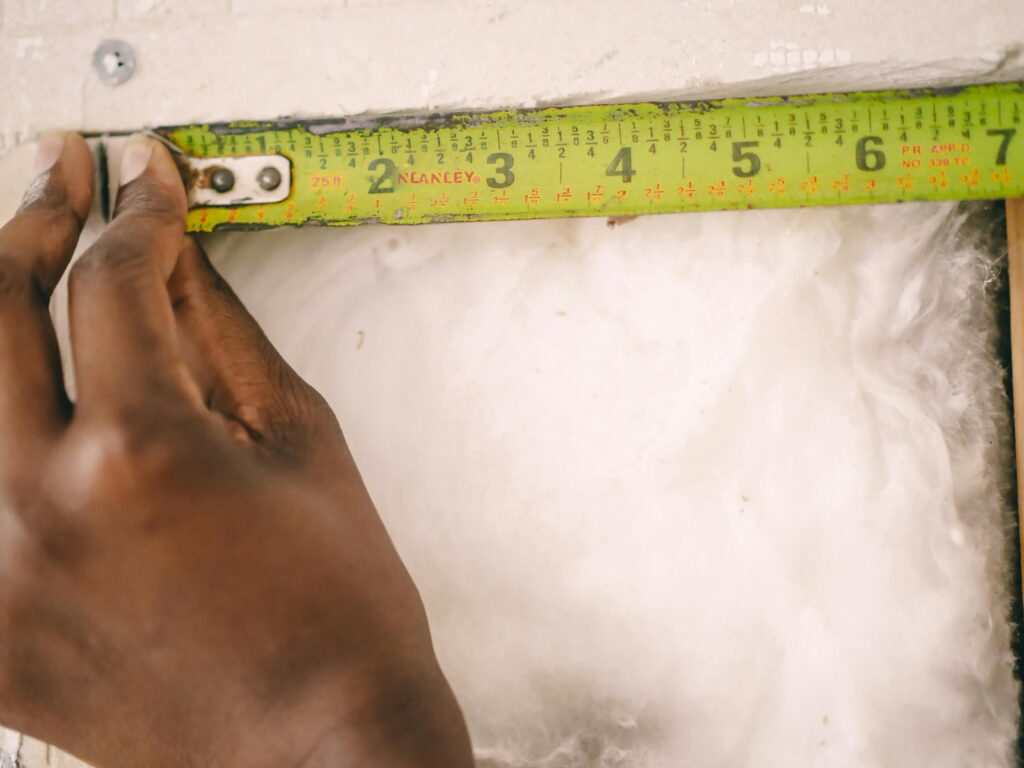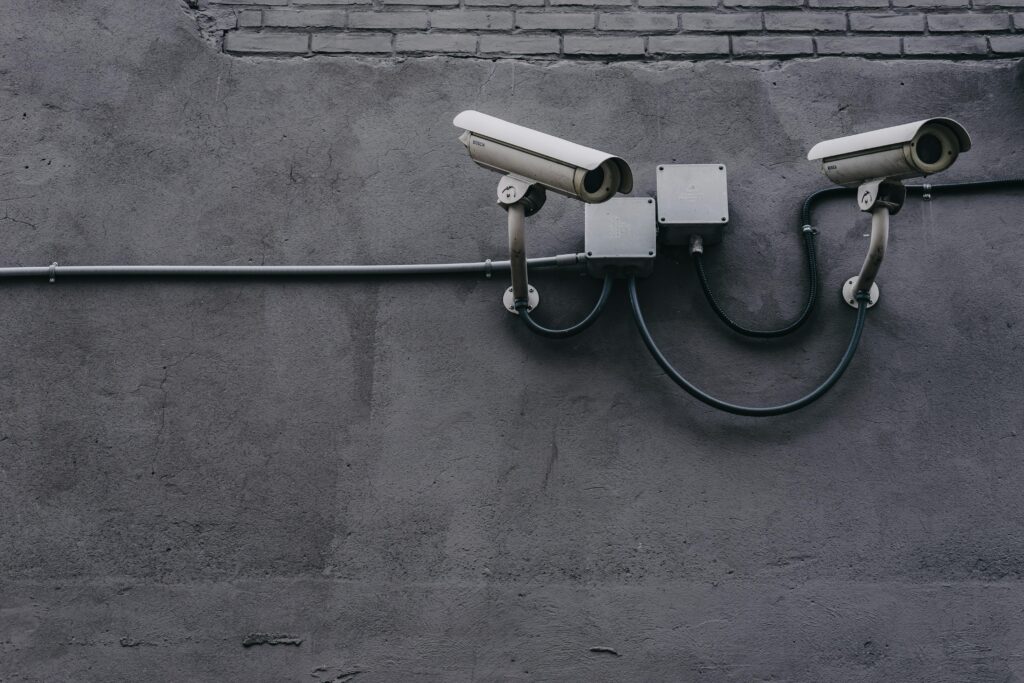Owning a home is an exciting milestone, but it also brings along a fresh set of responsibilities. While your new place may look move-in ready, there are several smart upgrades that can boost your comfort, improve safety, and save you a significant amount of money down the line. These enhancements aren’t always the most obvious, but they help create a solid foundation for a safer, more efficient, and future-ready home.
Whether you’ve purchased a sparkling new build or a charming older property, here are some essential upgrades every new homeowner should seriously consider.
7 Critical Home Upgrades to Keep in Mind as a New Homeowner
1. Installing a Smart Thermostat
A smart thermostat is not a purely luxury item; it is an efficient improvement that will result in a noticeable reduction in your energy spending. Such devices will enable you to manage the temperature of your home, using your smartphone or by voice command. Eventually, they get to know about your routine and personal preferences, adjusting automatic heating and cooling to a high efficiency level.
This not only enhances comfort but also wastes less energy when you are asleep, at work, or even on holiday. Most intelligent thermostats can be used with existing HVAC systems and may result in utility savings.
The upshot? All the comfort, control, and a reduced monthly bill with a relatively small upfront investment.
2. Improving Insulation and Draft Sealing

Leaking air can be very expensive when it remains unseen and not addressed as it can cost the owner a couple of hundreds of dollars each year on energy used in heating and cooling in their homes. There can be many trouble spots where you absolutely never imagined them, such as in the attic or around windows and doors or behind baseboards; however, your walls themselves can be very solid.
Installing attic insulation typically ranks among the most rewarding home improvement projects. Add weather stripping, caulk around your windows and door sweeps, and you will have instant results in interior comfort and indoor temperature consistency.
Such improvements are especially valuable in areas that experience severe winters or torrid summers, where HVAC systems must overwork to counter energy loss.
3. Strengthening Fire and Carbon Monoxide Safety
Among the initial safety inspections that a homeowner is expected to carry out is to ensure that their smoke and Carbon Monoxide alarms are up to date. Most houses, both old ones and new ones, are still using old detectors, which do not communicate with each other. This is dangerous since one is having an alarm that may not be enough to notify all people in the house in case of an emergency.
To resolve this issue it is better to install an interconnected system in which all the alarms are communicating with each other. In case the smoke or carbon monoxide is detected, all units will send a signal making sure that everyone has been warned. More newer devices have been such that both smoke and CO are now incorporated in a single device and therefore they are simple to maintain and install. Some models also include advanced features such as Wi-Fi connectivity and voice alerts, enhancing both convenience and safety.
One standout example is the X-Sense XP0A-MR, a combined smoke and carbon monoxide detector with smart interconnection. This model connects seamlessly to your home Wi-Fi and links with other X-Sense devices for synchronized alerts across all units. It also features clear voice warnings, LED indicators, and app notifications via the X-Sense Home Security app—ensuring you’re instantly informed of danger, whether at home or away. With its dual-detection capability and smart features, the XP0A-MR provides crucial, real-time protection for today’s connected homes.
4. Adding Leak Detection and Automatic Water Shutoff
Water damage is an insidious threat; it does not scream like a fire alarm, but can cause just as much damage and more unless addressed promptly. Slow leakage in the sink or a rupture in the laundry room may result in thousands of dollars before it is even detected.
High-tech detectors have become very common today and can even alert you on your smartphone once they detect abnormal moisture or humidity. More sophisticated setups even automatically turn off the water supply in your house to prevent further damage.
The devices are beneficial for those who travel frequently, have a second home, or simply want to sleep peacefully during workdays or vacations. Water monitoring devices are also taking their place as a critical life-saving device in any new home, as well as interconnected fire and CO sensors.
5. Enhancing Entry and Perimeter Security

Home security systems have advanced far beyond traditional door locks. Modern systems are more affordable, customizable, and user-friendly, even for first-time homeowners.
You can start with a smart video doorbell, which allows you to see and talk to any guest using your phone. Install intelligent locks on entrance doors and monitor the door with keyless entry. Outdoor lights that turn on when motion is detected would assist in preventing unwanted actions and allow better visibility during the night.
Most of these elements operate as a linked ecosystem, enabling homeowners to observe and manage their entire security system from anywhere. You can opt for an actual DIY system or a professionally monitored service, whichever level makes you comfortable, and you have more flexibility in either option than ever before.
6. Updating Electrical Systems and Installing Surge Protection
It is not always easy to identify electrical problems, and they are rarely considered until something goes wrong. However, when your home is older or when you are about to install high-kW appliances or electric chargers, it may be advisable to have a licensed electrician assess your panel and wiring.
A failed or clogged electrical network may ignite fire or result in the breakdown of appliances. At the very least, they can install point-of-use surge protectors to protect delicate electronic equipment, such as TVs, computers, and computer games. Consider installing a whole-home surge protector at the electrical panel for even more security.
It is a small expense in securing gadgets that can run into thousands of dollars.
7. Monitoring Indoor Air Quality
Air quality inside the home directly influences health, the quality of sleep, and general comfort, yet it is often an afterthought. Young homeowners are encouraged to take action on ventilation and minimize air pollutants in the house, particularly those with pets, allergy sufferers, or parents.
The easiest ways to improve air quality are to switch to HEPA-rated HVAC filters, purchase a good air purifier, and have your ducts professionally cleaned. It is also possible that some of these intelligent systems monitor air quality levels, humidity levels, and even volatile organic compounds (VOCs) in real-time.
Surprisingly, some safety devices currently combine multiple functions, such as smoke, CO, and air quality indicators, in a single, compact device. These integrations help minimize device clutter and provide a holistic view of your home.
Conclusion
While it’s tempting to focus on decor and furniture, structural upgrades should come first. They safeguard your investment, boost comfort, and bring peace of mind. Simple steps like updating smoke detectors, sealing energy leaks, or adding smart devices can make a big difference. A few thoughtful improvements now set the stage for a safer, smarter homeownership experience.

